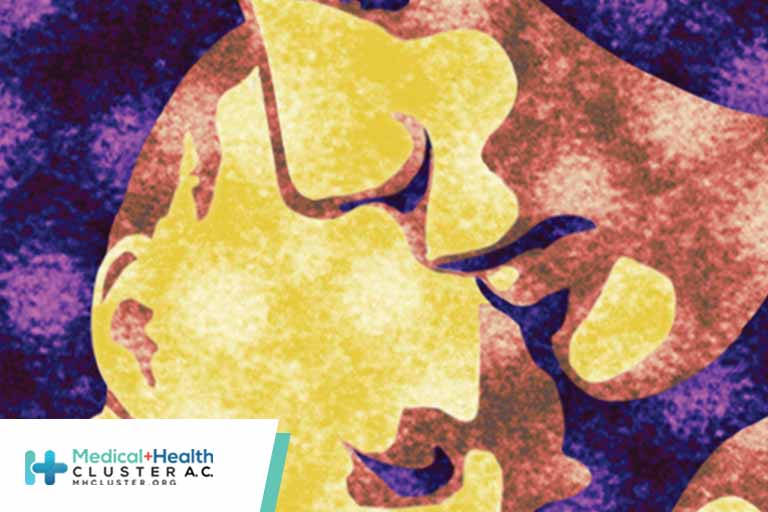En atención a la creciente preocupación sobre la confianza en...
Leer más
As Unexplained Hepatitis Spreads, WHO Urges Action

Despite recent progress, more than 350 million people globally live with viral hepatitis and more than 1 million die annually—a greater toll than from HIV and malaria combined. Amid unexplained increases in childhood hepatitis cases in 34 countries, the World Hepatitis Alliance and World Health Organization (WHO) urged renewed efforts to eliminate viral hepatitis by 2030, according to a joint statement.
Since its introduction in 2016, the Sustainable Development Goals 2020 target of reducing the prevalence of hepatitis B in children younger than 5 years to less than 1% has been met globally and in most WHO regions. In addition, the number of people receiving treatment for hepatitis C has increased 10-fold to more than 10 million.
However, gains have been uneven across the world. In many low- and middle-income countries few newborns receive hepatitis B vaccine at birth, with the figure less than 10% in Africa. Stigma and discrimination remain barriers to testing and care. Only 10% of people with chronic hepatitis B and 21% of those with chronic hepatitis C are aware of their illness; even fewer receive treatment and hepatitis-related liver cancer is rising exponentially, according to the statement.
Increased funding and better integration of hepatitis prevention and treatment into routine care are needed to meet 2030 outcome goals. But accessibility, affordability, location, and poverty issues must be addressed, WHO Director-General Tedros Adhanom Ghebreyesus, MSc, PhD, said in the joint statement. “Hepatitis is one of the most devastating diseases on earth, but it’s also one of the most preventable and treatable, with services that can be delivered easily and cheaply at the primary health care level,” he added.
Créditos: Comité científico Covid




